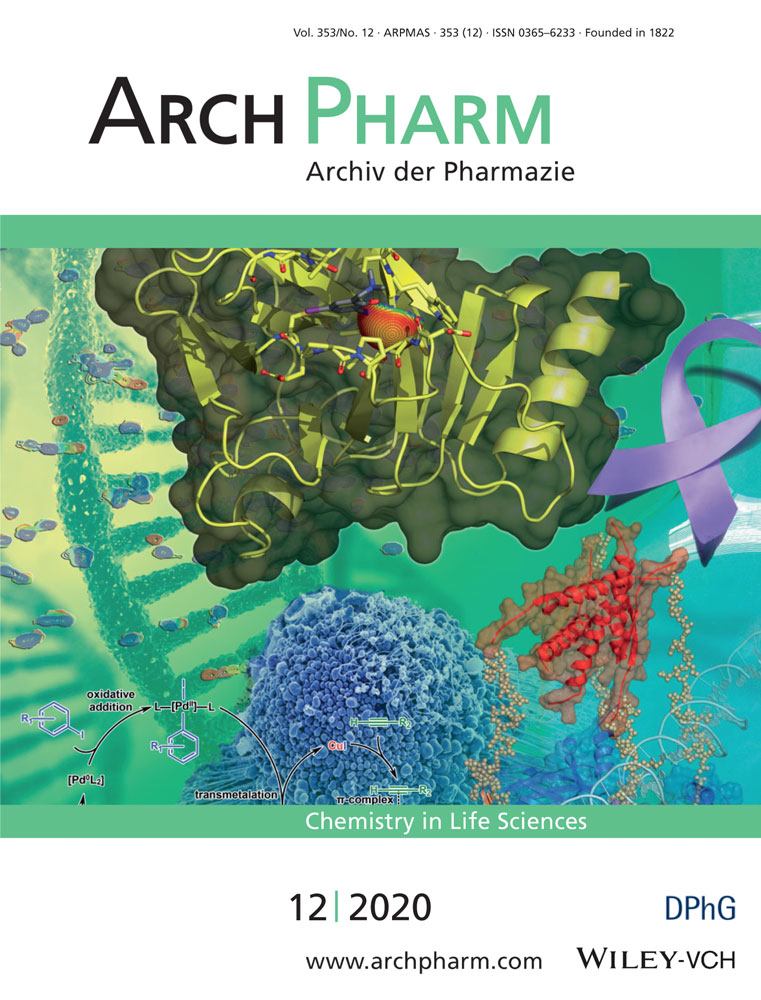Novel thiazole–pyrazolone hybrids as potent ACE inhibitors and their cardioprotective effect on isoproterenol-induced myocardial infarction
Abstract
A facile synthesis of a group of novel thiazole–pyrazolone hybrids and their investigation for angiotensin-converting enzyme (ACE) inhibition are reported in this study. These compounds were synthesized using a well-known approach, based on the condensation of ethyl acetoacetate with thiazolylhydrazines, and characterized by various spectroscopic and analytical techniques. The entire set of compounds displayed a moderate-to-excellent inhibitory activity against ACE. In particular, compound 4i was found to be the most potent ACE inhibitor and was further studied for cardioprotective effects against isoproterenol (ISO)-induced myocardial infarction (MI) in rats. Compound 4i improved the cardiac function and prevented cardiac injury induced by ISO in Sprague Dawley rats. The levels of oxidative stress and proinflammatory cytokines were also restored to near normal by 4i as compared with the ISO group. In the Western blot analysis, compound 4i prevented mitochondrial apoptosis after MI by downregulating the expression of cleaved caspase-3 and Bax, with the upregulation of Bcl-2, as compared with the ISO group.
CONFLICTS OF INTERESTS
The authors declare that there are no conflicts of interests.
Open Research
DATA AVAILABILITY STATEMENT
The data that support the findings of this study are available from the corresponding author upon reasonable request.




